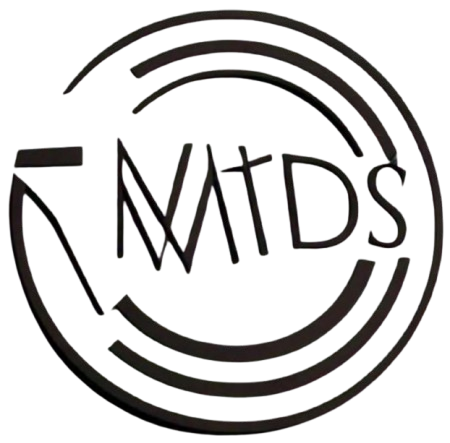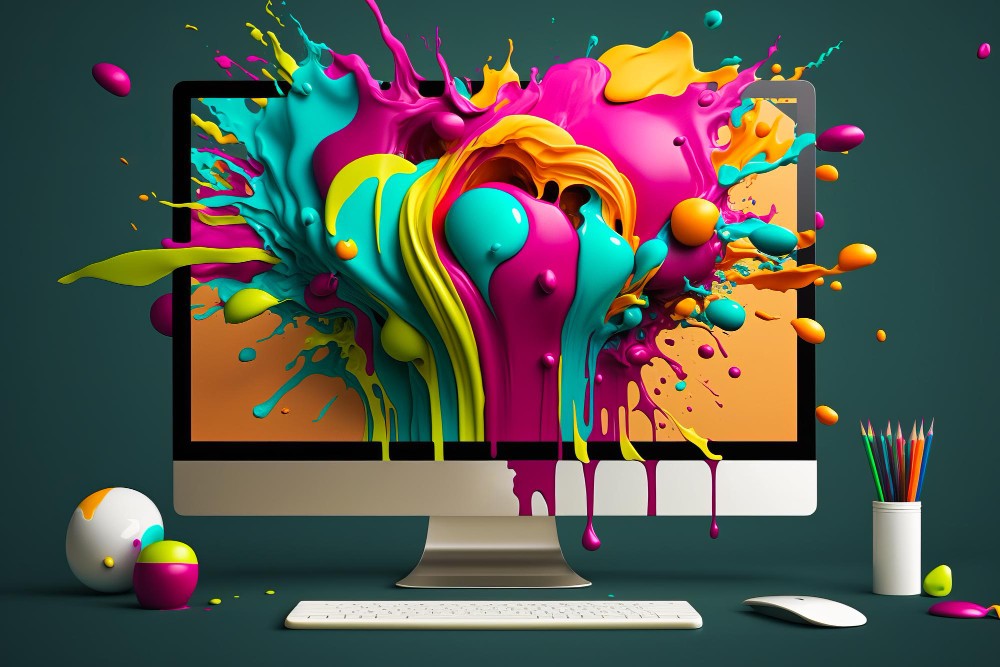Graphic design has undergone a remarkable transformation over the decades, evolving from traditional print methods to dynamic digital platforms. This evolution reflects not only advancements in technology but also shifts in culture, communication, and creativity. In this blog post, we’ll explore the key milestones in the journey of graphic design, highlighting how it has adapted to meet the needs of society.
Graphic design is a visual communication practice that combines art and technology to convey ideas and messages. It involves the creation of visual content, using elements like typography, imagery, color, and layout to inform, persuade, or entertain an audience.
The Future of Graphic Design As technology continues to advance, the future of graphic design promises even more exciting developments. Virtual and augmented reality, artificial intelligence, and immersive experiences are set to redefine how designers create and consumers engage with visuals.
The Beginnings: Print Era
Graphic design as we know it began in the late 19th century with the advent of print technology. Artists and craftsmen employed typography, illustration, and layout to create visually appealing advertisements, posters, and publications. Pioneers like William Morris and the Arts and Crafts Movement emphasized craftsmanship and aesthetics, setting the stage for modern graphic design. Key Features of the Print Era:-
- Typesetting and Typography: The invention of movable type revolutionized printing, allowing for greater control over text layout and font selection.
- Manual Techniques: Artists used techniques like linocut and letterpress to produce designs, relying on their skills and creativity.
- Limited Color Palettes: Print technology constrained color use, often resulting in monochromatic or duotone designs.
-
The Digital Revolution: 1980s and 1990s
The late 20th century marked a pivotal shift with the advent of personal computers and graphic design software. Programs like Adobe Photoshop and Illustrator revolutionized design, making tools more accessible and versatile.Key Features of the Digital Era:
- WYSIWYG Editing: “What You See Is What You Get” editors allowed designers to visualize their work in real-time, streamlining the design process.
- Endless Possibilities: Digital tools provided a broader range of colors, effects, and techniques previously unattainable in print.
- Desktop Publishing: This democratized design, enabling anyone with a computer to create professional-quality materials.
- If you are looking for Best Graphic Design Course in Vadodara then I highly recommended Shine computer Education is the Top Graphic Design Training Institute.

